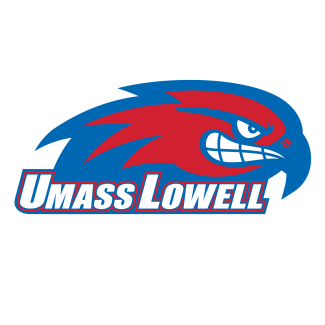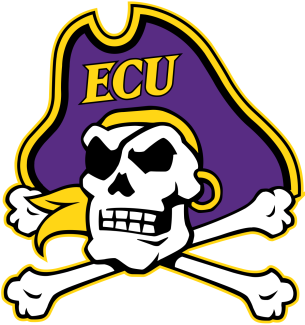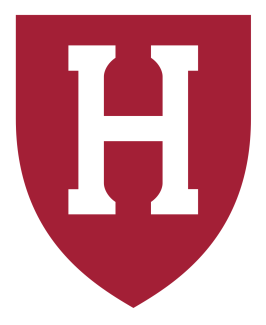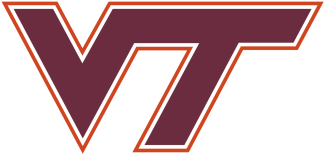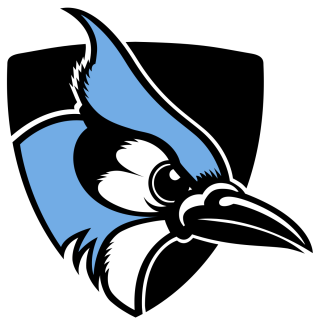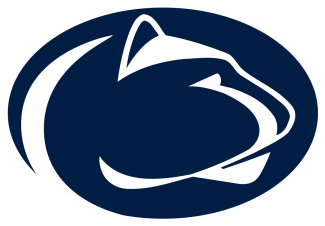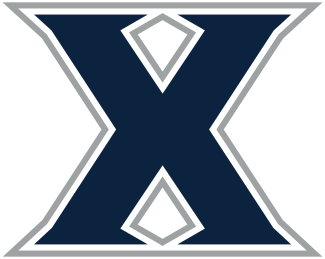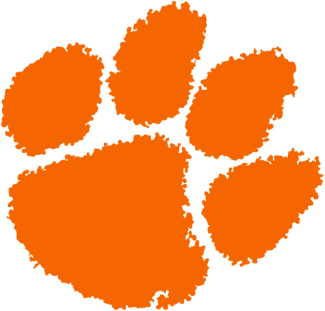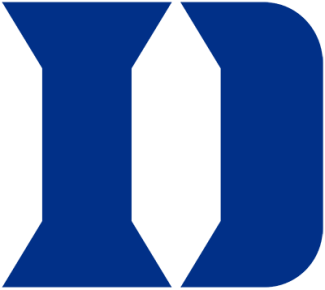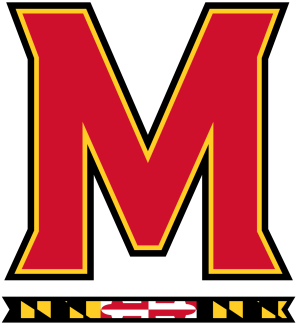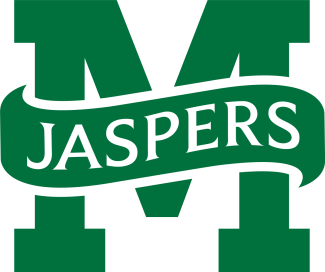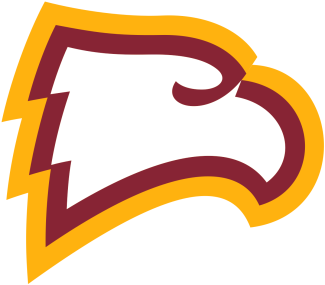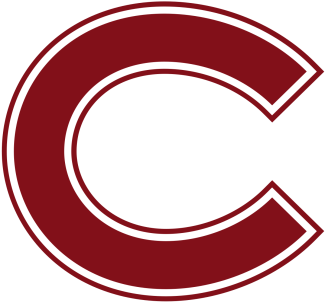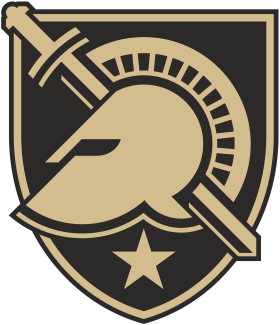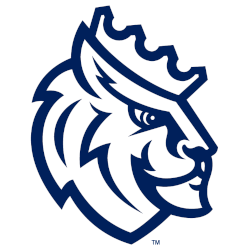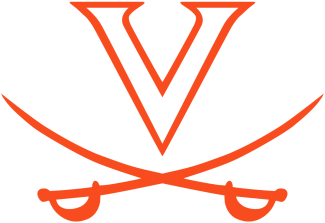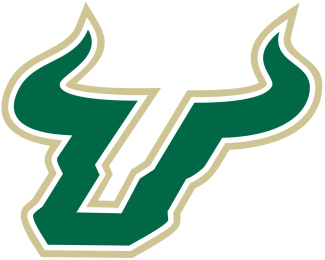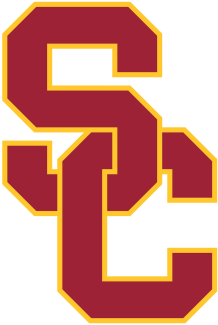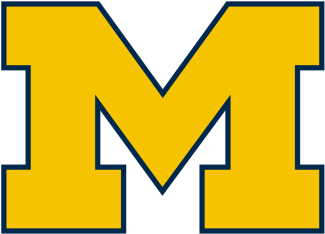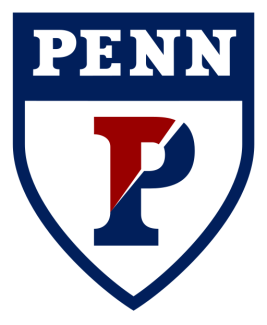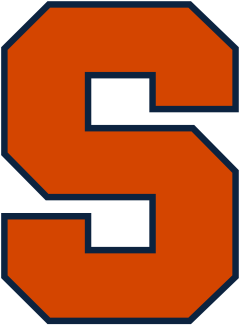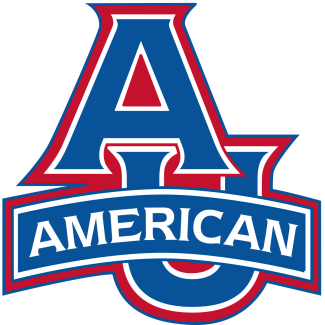L
eclaire might not be considered the best performer in the Big Ten — yet.
But in 2017, it didn’t take long for the Buckeyes freshman to play like a seasoned veteran, despite Leclaire’s relative inexperience in the field lacrosse game.
When Ohio State’s 16-5 season ended on Memorial Day with a 9-6 loss to conference rival Maryland in the Buckeyes’ first appearance in the NCAA title game, Leclaire’s impact was obvious.
After moving from midfield to attack and after starting the final 16 games, Leclaire finished with a team-high 49 goals — the third-highest single-season total in program history and the most ever by a freshman.
Leclaire’s 65 points also were the most ever by a freshman in Columbus. As a third-team All-American, he was the first Ohio State rookie to earn a spot on a USILA first, second or third team. The three-time conference freshman of the week was an easy pick for Big Ten Rookie of the Year.
“When [Leclaire] first came here on his recruiting visit, I couldn’t believe a guy with that massive build was a freshman,” senior attackman Colin Chell said. “When we started playing box in the fall [of 2016], he was automatic in the arena for three or four goals each game.
“He’s a beast to cover. When he gets his hands free [to shoot], forget about it, I’m already thinking back of the net, whistle and we’re facing off again,” Chell added. “He can finish inside, he’s getting better as a dodger and feeder, and what an outside shooting threat he is. He’s tough to prepare for. But he’s also a very, very humble guy. He really doesn’t think he’s better than anyone else. He’s all about his teammates first.”
Despite graduating an important core of players that included four NLL draft picks, including three first-round selections, Ohio State has picked up in 2018 where it left off in 2017. The Buckeyes are 3-0 following a 9-7 victory against Hofstra. They play Sunday at Jacksonville on CBS Sports Network. Leclaire leads the team in both goals (eight) and assists (four).
“I’ve got to come out of my shell this year. I need to be more vocal. I’m learning something new about this [field] game every week,” said Leclaire, who expects he will draw more physical counterattacks by opposing close defenders who match up with his size and will try to disrupt his hands aggressively.
“The field game is more strategic than box, which is all really fast and run and gun,” he added. “You have to be more patient [in the field game], stand back, look through the defense and work through a set. I don’t want to be known as an individual performer. I’m a team player.”
Post-goal celebrations by Leclaire generally never exceed a quick fist bump or brief hug with some teammates. He is not interested in getting his shot clocked. You won’t hear him screaming on the field.
Nick Myers, the Buckeyes’ 10th-year head coach, called Leclaire a “humble, confident dude,” noting how the sophomore’s demeanor hardly changes, whether he’s just turned the ball over or fired a 15-yard laser into the upper corner past a goalkeeper unable to react in time.
During Leclaire’s recent, two-goal, two-assist showing against Hofstra, when he had a hand in four of the game’s first five goals, he did just that to Pride goalie Jack Concannon, a second-team All-American.
“To be as big and as skilled as Tre is unusual in college lacrosse,” Myers said. “And he’s still scratching the surface of what he can be.”
